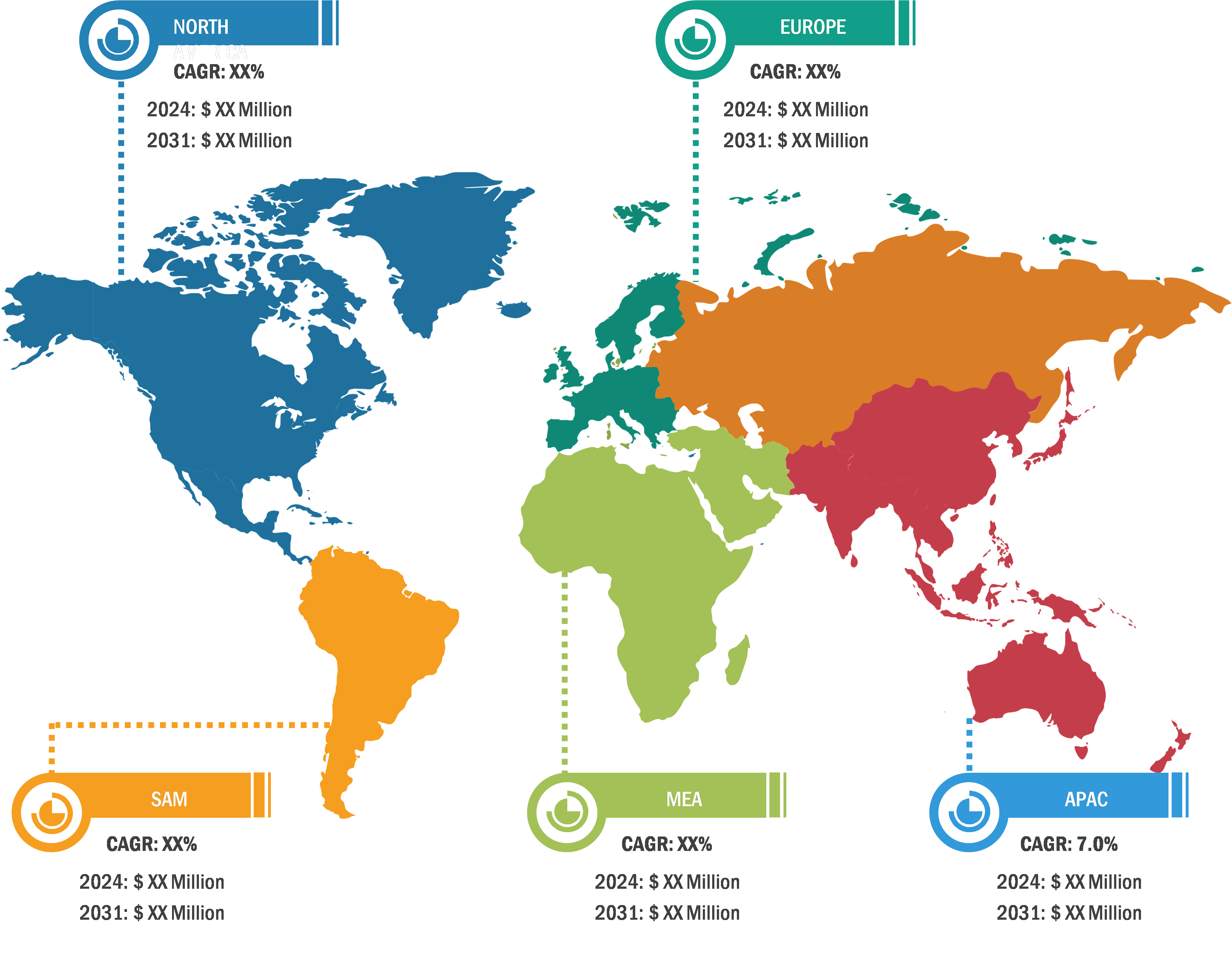Manufacturers Focus on Expanding Back of Cab Capacity for Heavy-Duty and Refuse Trucks Boosts Back of Cab Market Growth
According to our new research study on “Back of Cab Market Forecast to 2031 – by Type, Capacity, and End-Use Industry,” the back of cab market size was valued at US$ 930.5 million in 2024 and is projected to reach US$ 1,412.5 million by 2031; it is expected to register a CAGR of 6.4% during 2025–2031. The report highlights key factors contributing to the back of cab market, as well as prominent players and their developments in the market.
The growing emphasis on expanding the back of cab capacity in heavy-duty and refuse trucks is reshaping vehicle design and functionality, creating significant opportunities for the back of cab market. Manufacturers are focusing on the back of the cab for more equipment, storage, and auxiliary systems to support overall efficiency and effectiveness. It’s highly noticeable in refuse trucks. With urbanization and stricter waste and waste removal ordinances, the upstream trend has prompted truck manufacturers to respond with compact, efficient, and rugged vehicles that blend a smaller footprint with increased payload capability to navigate narrow streets. And the same is taking place with heavy-duty trucking, as truck manufacturers have invested time and energy in redesigning and maximizing chassis space behind the cab, bringing new technology into the modern logistics framework. This evolution is improving operational efficiency and contributing to the back of cab market growth, as manufacturers seek innovative solutions to meet design requirements.
Back of Cab Market
Back of Cab Market Size and Forecast (2021 - 2031), Global and Regional Share, Trend, and Growth Opportunity Analysis Report Coverage: By Vehicle Type (Light-duty Commercial Vehicles, Medium-duty Commercial Vehicles, and Heavy-duty Commercial Vehicles), Application (Fuel Tanks and General Storage), Fuel Tank (CNG and Hydrogen); and Geography
Back of Cab Market Trends & Key Opportunities 2031
Download Free Sample
In May 2023, Cummins Clean Fuel Technologies introduced its new series of back of cab (BOC) fuel systems, available in 135 diesel gallon equivalent (DGE). The overall weight of 175 DGE CNG and RNG fuel systems has been reduced by 400 pounds, due to an advanced lightweight structure. Green Lync technology allows the BOC fuel system to be more easily integrated with the engine by the fleet operator. These developments show the trend for cleaner, more efficient fuel options in the transportation sector and contribute to the growing back of cab market. Since fleet operators are seeking low-emission and operational improvements, technology offers potential for market growth.
Back of Cab Market Trends
The rising demand for next-generation back of cab is driven by a convergence of technological innovation, regulatory pressures, and evolving fleet operator needs. These systems, typically mounted behind the cab of heavy-duty trucks, are critical for managing power distribution, thermal management, and connectivity between the tractor and trailer. As the transportation industry shifts toward electrification, autonomous driving, and smart logistics, the back of the cab is being modified with next-generation technologies to support higher power loads, advanced data communication, and modular integration. Fleet operators are increasingly seeking advanced systems that offer improved reliability, reduced maintenance, and compatibility with electric and hybrid drivetrains. For instance, in May 2025, Quantum Fuel Systems launched its next-generation CNG Back-of-Cab Fuel Storage System—Q-Cab 190—at the Advanced Clean Transportation (ACT) Expo. Q-Cab 190 achieves a capacity of 190 DGE (diesel gallon equivalent) and is engineered for heavy-duty trucks. The launch reflects a broader trend in the transportation sector, where fleet operators are increasingly adopting alternative fuel technologies to meet stringent emissions regulations and reduce operational costs.
The back of cab market growth is attributed to a surge in the demand for heavy-duty commercial vehicles. Heavy-duty commercial vehicles, including long-haul trucks and construction vehicles, benefit immensely from back of cab systems, especially in terms of fuel capacity, range, and safety. These vehicles require large quantities of fuel for long-distance travel or heavy-duty operations, and back of cab fuel tanks provide the space necessary to accommodate this need. By positioning the tanks at the back, the system helps maintain better weight distribution and stability, crucial for large loads. Additionally, separating fuel tanks from heat-intensive engine areas reduces the risk of fire hazards. This setup also allows for modular fuel configurations, supporting dual-fuel or alternative fuel technologies with minimal disruption to vehicle architecture. Ultimately, back-of-car fuel systems enhance operational uptime, enable compliance with environmental standards, and support longer, uninterrupted driving ranges in heavy-duty fleets.
The back of cab market analysis is performed by considering the following segments: vehicle type, application, and fuel tank. By vehicle type, the market is segmented into light-duty commercial vehicles, medium-duty commercial vehicles, and heavy-duty commercial vehicles. The heavy-duty commercial vehicles segment held a larger share of the back of cab market in 2024. By application, the market is bifurcated into fuel tanks and the general storage segment held the largest back of cab market share in 2024. Based on fuel tank, the back of cab market report is divided into CNG and hydrogen. The CNG segment has the largest back of cab market share in 2024. The back of cab offers an efficient and space-saving solution for CNG fuel tank integration in commercial vehicles. Positioned directly behind the cab, it allows optimal use of chassis real estate without compromising cargo capacity. This centralized placement improves vehicle weight distribution and simplifies installation and maintenance. It also offers enhanced safety by isolating high-pressure components from areas prone to impact. Fleet operators benefit from increased fuel storage, longer driving range, and better aerodynamics, ultimately resulting in lower operating costs and improved uptime for CNG-powered trucks.
Quantum Fuel Systems, Hexagon Composites ASA, Worthington Enterprises, Cummins Inc, PACCAR Inc, T.L. Wood's, ProTech, American Truckboxes, LLC, SMTR Group, and INOX India Limited are leading companies profiled in the back of cab market report.
Contact Us
Phone: +1-646-491-9876
Email Id: sales@theinsightpartners.com